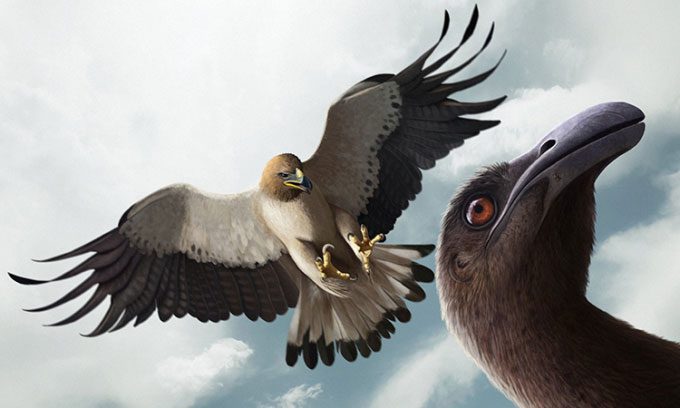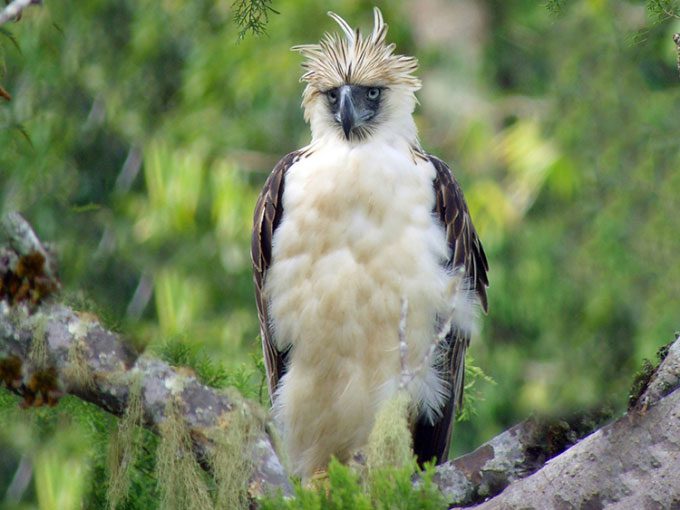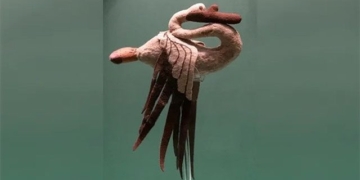Fossils unearthed in southern Australia reveal a giant prehistoric eagle species with a wingspan of up to 3 meters.

Simulation of the prehistoric eagle hunting. (Photo: Julio Lacerda).
According to research published in The Auk: Ornithological Advances, the newly identified species named Dynatoaetus gaffae lived between 50,000 and 70,000 years ago and is the largest eagle ever to inhabit Australia, potentially even the largest eagle on the planet at that time. In addition to its massive wingspan, it possessed claws that could reach lengths of 30 cm, as reported by Live Science on March 20.
The fossils of this creature include wing bones, leg bones, claws, a sternum, and a skull found in a 17-meter deep vertical cave in South Australia. Analysis of the bones suggests that Dynatoaetus gaffae may have had a shape similar to that of the monkey-eating eagle or the Philippine eagle (Pithecophaga jefferyi), which still exists in Asia today, but was twice as large.
“Dynatoaetus gaffae and Pithecophaga jefferyi both have large and robust legs relative to their size, enabling them to attack and grasp large prey,” said paleontologist Trevor Worthy from Flinders University in Australia, a co-author of the study.

The Philippine eagle, still living today. (Photo: eBird).
During the era of Dynatoaetus gaffae, Australia was teeming with other gigantic creatures, including large flightless birds, giant kangaroos (Procoptodon sp.), giant monitor lizards (Varanus priscus), and wombat-like marsupials (Diprotodon optatum). Researchers believe that Dynatoaetus gaffae may have preyed on the young or weaker individuals of these species. Their prey could have been as large as the western gray kangaroo (Macropus fuliginosus), which stands 1.3 meters tall today.
Only two extinct eagle species are believed to have been larger than Dynatoaetus gaffae. One is Gigantohierax suarezi, which specialized in hunting giant rodents in Cuba between 5,000 and 12,000 years ago, and the other is the Haast’s eagle (Hieraaetus moorei), which became extinct in New Zealand around the year 1400. Both had wingspans comparable to Dynatoaetus gaffae but were heavier.


















































